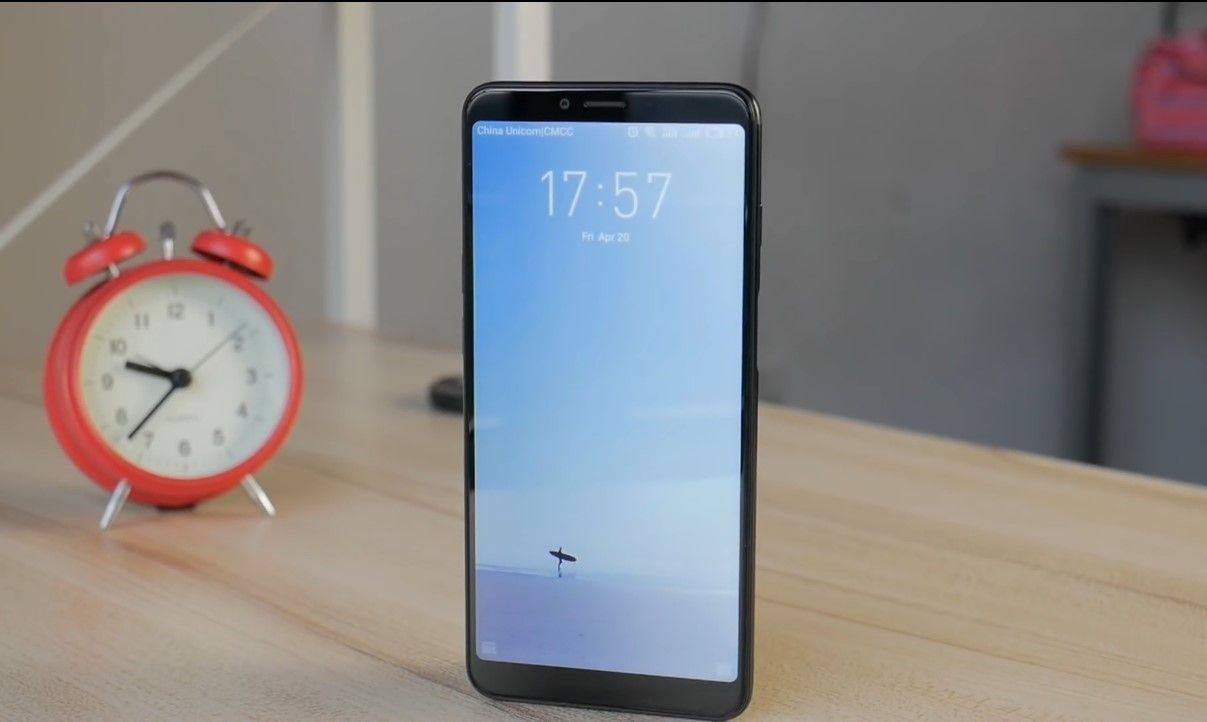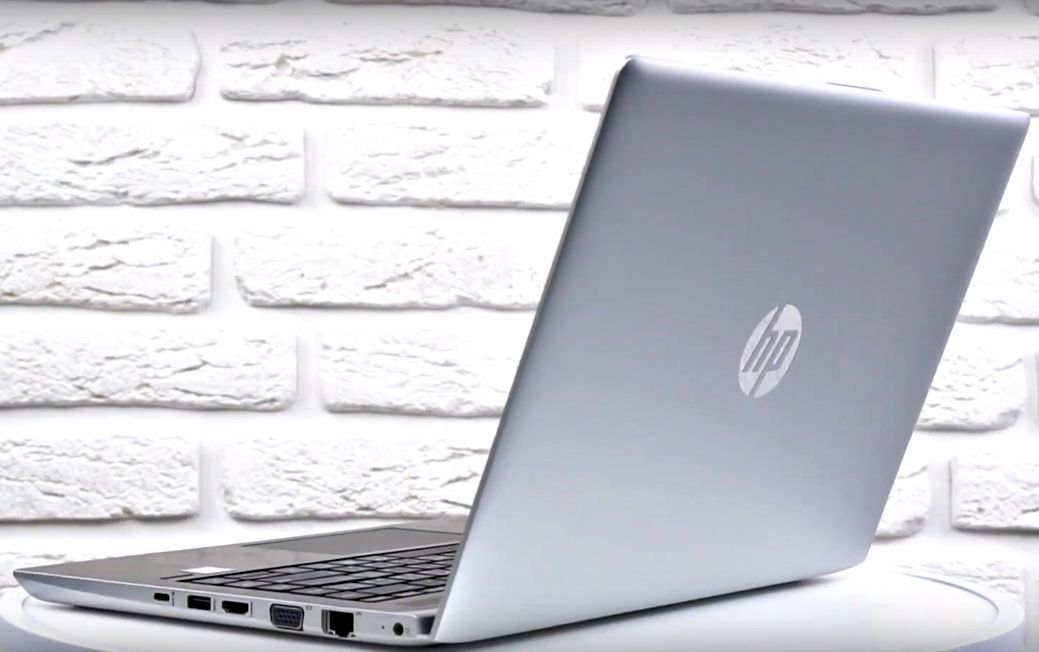Rating of the best soil cleaners for the aquarium for 2025

Cleaning the aquarium soil is one of the most important processes in caring for the home of ornamental fish. In order to facilitate this procedure, special devices are used that work on the principle of a “vacuum cleaner”, called soil cleaners or, for simplicity, “siphons”. Their device is not particularly complicated, and if necessary, such a device can be made independently. The main thing to remember is that a clean aquarium is the key to the good health of its inhabitants.

Content [Hide]
- 1 The need to clean the bottom soil
- 2 Modern types of siphons
- 3 The principle of operation of aquarium siphons
- 4 Advantages and disadvantages of using aquarium siphons
- 5 Difficulties of choice
- 6 Practical tips for using siphons
- 7 Rating of the best soil cleaners for the aquarium for 2025
- 8 Conclusion
The need to clean the bottom soil
A fair amount of sediment accumulates on the bottom of the aquarium every day. These are food residues, silt, particles of algae or waste products of fish. Over time, this debris accumulates, and the process of decay begins, as a result of which a large amount of dangerous bacteria is produced - the causative agents of various diseases in fish. The frequency of siphoning the soil directly depends on the number of inhabitants of the aquarium. The lower this number, the less frequent the need for cleaning. On average, soil cleaning should be carried out once every 10 to 15 days. However, these boundaries can be increased or decreased in any direction. Such a decrease / increase affects the quality of the water and the well-being of the aquarium inhabitants.
Soil siphoning rules
Cleaning the bottom of the soil properly will have a direct impact on the well-being of its inhabitants. Therefore, learning the rules of siphoning is an important step for the beginner aquarist. First of all, it is necessary to understand that this whole process is quite costly in terms of time (at least an hour), because the entire area will have to be siphoned at a time, it is impossible to be limited to individual sections. If a mechanical device is used for cleaning, then the volume of the removed liquid should not exceed 30%. At the end of cleaning, the volume of drained water is compensated by the same volume of fresh and clean liquid.
Overall funnels are used to clean the middle of the aquarium tank, and special triangular nozzles are used for corners. If there is a lot of algae in the aquarium, then you will need to use a special siphon model that will not harm the root system of aquarium vegetation (such problems often occur with powerful electric soil cleaners).
Professional aquarists highlight several general recommendations regarding the conduct of the process in question:
- The end of the siphon tube should always be below the level at which the fish swim;
- If a device of increased power is used, then you need to constantly monitor that it does not inadvertently suck in small individuals;
- The lower the tube is lowered, the more powerful the jet pressure is;
- Nano aquariums are cleaned only with special types of siphons;
- The deeper the funnel is inserted into the soil, the more efficiently the substrate is cleaned;
- The model of the soil cleaner used should always be related to the type of aquarium substrate, the dimensions of the artificial pond, the amount of algae present in the tank and artificial decorations.
Modern types of siphons
Today, specialized pet stores can provide a wide range of equipment in question. By and large, all models have a similar principle of operation. However, among the many samples, two groups can be distinguished that have their own "pluses" and "minuses" - these are mechanical and electrical siphons.
Mechanical Models
This device consists of a glass (funnel), a hose, a tube and a “pear” for pumping water. the principle of its operation is as follows: by several clicks on the “pear”, the pumping out of liquid from an artificial reservoir begins, simultaneously capturing not only debris, but also pebbles. After that, the soil falls to the bottom, and the water with debris goes up the tube to its outer end. The end is equipped with a special reservoir, where water with pollution is drained.
A funnel or glass for mechanical models always has transparent walls. This is done in order to be able to control the cleaning process, and in case of emergency situations (getting into the funnel of a small tenant of the aquarium) - quickly interrupt the entire process. Also, a transparent funnel allows you to understand which area of the bottom is already clean and which still needs to be cleaned. The desired shape of the cup is oval or round, it is this shape that is considered safe for the algae root system.
Advantages of using mechanical models:
- Ease of operation;
- Versatility of use (the type of aquarium tank does not matter).
Disadvantages of using mechanical models:
- The inability to regulate the flow and pressure of the absorbed liquid;
- Weak efficiency when working with containers where a lot of algae are planted;
- The need to use a separate tank for draining water.
Electrical Models
This version of the soil cleaner consists of a funnel, a tube and a special pocket for collecting dirt. The device can work both from a network, and on batteries. Inside this device there is a special rotor, through which it is possible to change the intensity of the water flow, therefore, when cleaning the bottom, the risk of fish being sucked into the funnel is almost zero. The result of the operation of the electric siphon is the suction of the collected debris into a special compartment, and clean water passes through the nylon mesh and drains back into the aquarium.
Advantages of using electrical models:
- The ability to adjust the power of the device;
- No need to manually drain the water;
- Ease of use;
- The hose is missing as an unnecessary item.
Disadvantages of using electrical models:
- They can only be used for small containers, because when immersed more than 0.5 meters, water can get into the battery compartment and the equipment will fail.
Homemade models
It is quite easy to make them, and the financial costs of production will be extremely small. Naturally, for the most part, homemade siphons will use the mechanical principle of operation. For manufacturing, you will need a flexible hose and an ordinary plastic bottle. The thicker the hose selected, the more water it will draw in in one second.
IMPORTANT! The thickness of the hose (which means the power of the device as a whole) must correspond to the dimensions of the aquarium! The following parameters will serve as a striking example: for a 100-liter aquarium, the diameter of the hose should be 1 centimeter.
The manufacturing process itself begins with trimming the upper narrowed part of the bottle in such a way that a kind of funnel is obtained.Next, one end of the hose is attached to the neck. That, in fact, is all. You can start work by placing the funnel at the bottom of the aquarium, and simply draw in air from the opposite end - water will begin to be pumped. As a rule, the manufacture of home-made models does not justify itself - it is easier to use a full-fledged factory sample, since their price is affordable for almost everyone.
The principle of operation of aquarium siphons
In fact, the devices in question are ordinary pumps, that is, they are devices for pumping liquid. During operation, water will be pumped out of an artificial reservoir simultaneously with garbage and waste products of fish. The base part of the device is presented in the form of a suction tube. One end of it is lowered into the container and pressed close to the ground, and the other should be placed as low as possible relative to the aquarium bottom. The outer end must also be lowered into a special tank to drain the dirty liquid. Further, a vacuum must be formed in the tube, which is very simple to do (about the same as pumping gasoline from a car tank with a hose). Vacuum is carried out by sucking in air from the outer end of the hose. Then, the liquid with debris and waste will automatically flow through the tube and will be poured into the waste container. As a result, you will need to wait for the dirt to settle, and drain the water back into the aquarium (or add a similar volume of clean liquid).
Advantages and disadvantages of using aquarium siphons
Their positive functional properties include:
- Accurate removal of decaying organic objects;
- The ability to prevent acidification of the substrate, to which there is no access to oxygen;
- Elimination of an unpleasant smell;
- Avoiding the release of foul-smelling and harmful gases by polluted soil.
Among the shortcomings, the following can be distinguished:
- During siphoning, the number of bacteria that live in the upper substrate layers will decrease, and this will reduce the ability to biofilter;
- Nutrient substances are removed from the soil, which adversely affects the health of algae;
- There is a risk of inadvertently damaging the root system of the aquarium flora.
Thus, when choosing a method for cleaning an artificial reservoir, it is necessary to weigh all the pros and cons so as not to destroy the fragile ecosystem, and not worsen the living conditions of fish and other inhabitants.
Difficulties of choice
During the acquisition of the cleaning equipment in question, it is necessary to pay close attention to the following points:
- The instrument hose should have a diameter that exceeds the size of an average aquarium pebble by 2-3 millimeters. The standard dimensions of the hose diameter are from 8 to 12 millimeters.
- The material of the hose may be different, but it is preferable to use polyvinyl chloride, which is soft, elastic and compact.
- To secure the hose, it is better to use additional brackets and clamps - so it will not fall off the drain spout.
- The height of the funnel should not be more than 25 centimeters, because such an apparatus will not be able to suck even small pebbles.
Practical tips for using siphons
In the process of working with such equipment, you must adhere to the following tips:
- Care must be taken to use siphons in aquariums where small bottom living creatures (eg snails) live, or the ground is planted with delicate algae - there is always a risk of inadvertent damage to them.If the site is densely planted with aquatic flora, then it may not be processed - covering such areas with a small layer of silt will not cause great harm.
- Do not overfeed the fish - properly fed fish will not need frequent cleaning of the aquarium, both from the remnants of food and from the remnants of their vital activity. It is worth remembering that during the decay of the described organic substances, poisonous hydrogen sulfide is released (which exudes a characteristic unpleasant odor). Among other things, a moderate diet will not lead to obesity in pets.
- The first few weeks after transplanting the fish into a new artificial reservoir, it is not recommended to clean the latter (it is necessary to allow new inhabitants to settle in it).
- If severe contamination of the soil was allowed and very thorough cleaning is required, then before starting the cleaning procedure, all inhabitants must be temporarily moved to another container.
- It is always necessary to maintain a thick soil layer on the aquarium bottom - about 6-8 centimeters. This is especially true for those aquarists who keep large plantings of algae in the aquarium. In addition, it is desirable that the height of the soil at the front wall of the aquarium is somewhat less than at the back. Maintaining such an imbalance will make the cleaning process more comfortable, however, not every type of soil can be held at a slope for a long time.
Further "life" of the soil after siphoning
If fine sand got into the drain tank or clogged in the siphon, it must be returned to the aquarium after rinsing it with running water. To do this, at best, you will have to remove the protective grill, at worst, completely disassemble the siphon or cut the hose if a large stone that cannot be removed is stuck in it.It happens that aquarists are faced with the problem of greening of the soil and other surfaces in the aquarium. Green plaque growing on objects in the aquarium consists of single-celled algae, which can multiply rapidly under the influence of the following factors:
- Too much light - avoid placing the aquarium near a sunny window, and always turn off the lights at night.
- Overfeeding fish and irregular cleaning of the ground - it is necessary to give the fish as much food as they are able to eat in 5 minutes, otherwise the remains of the food will remain on the bottom and rot.
- Poor ventilation of the soil - very small stones or sand contribute to the processes of decay.
Also, a way out of the situation can be the sharing of fish that like to eat small algae: platies, mollies or catfish. As an option - the use of a drug that kills algae and is harmless to aquarium fauna (requires expert advice). Subject to all the rules and some skill, cleaning the aquarium with a siphon becomes a simple and safe procedure, the regular implementation of which will ensure a comfortable existence of aquarium inhabitants.
Rating of the best soil cleaners for the aquarium for 2025
Budget models
3rd place: "Naribo siphon with pear (total length 120 cm)"
votes 0
A very simple and high-quality mechanical siphon model that can effectively provide a change of water in the aquarium. It is very easy to manage, the design is simple. The materials used in the production are reliable and environmentally friendly. Perfectly will be suitable for processing of aquariums of average dimensions. The recommended cost for retail chains is 250 rubles.

- Light weight;
- Simple use;
- Reliable manufacturing materials.
- Somewhat short suction hose.
2nd place: "ZOOMIR aquarium soil cleaner, siphon with a hose for cleaning aquarium soil"
votes 0
This aquarium soil cleaning kit is designed to keep your aquarium clean. It is recommended to carry out such a soil care procedure weekly and combine it with a water change. Changing the water at long intervals can cause disease conditions in fish and plants. In the process of cleaning the soil, particles of food residues and waste products of fish are removed, as a result of the decomposition of which toxic substances accumulate in the aquarium. In addition, loosening the soil and its mixing improves gas exchange at the roots of plants. The recommended cost for retail chains is 280 rubles.

- Simple construction;
- Adequate price;
- Suitable for large aquariums from 250 liters.
- Not detected.
3rd place: "Aquarium siphon "Dimey", 198 cm"
votes 0
The aquarium siphon is convenient for manual use. Made of plastic. At the inlet there is a sieve that retains the soil, and the remains of food and dirt, passing through it, are removed from the aquarium with water. Cleans the soil during a partial water change in the aquarium. The recommended price for retail chains is 440 rubles.

- Laconic design;
- Intuitive application process;
- Durable manufacturing materials.
- Not detected.
Middle price segment
3rd place: "Siphon for aquarium Boyu SC-003 with auto start"
votes 0
Practical and powerful mechanical model. The design itself has a round shape, perfectly cleans the soil and pumps out water. The diameter of the nozzle is 45 millimeters, and its length is 18 centimeters. The handle is made of lightweight but durable plastic, its length is 20 centimeters. The nozzle is equipped with a ball valve responsible for running water into the siphon. The total length of the hose is 200 centimeters. The recommended cost for retail chains is 610 rubles.

- Very long hose
- Availability of automatic start of the pumping process;
- Durable manufacturing material.
- Not detected.
2nd place: Siphon Sera GRAVEL WASHER
votes 0
With this device, it is very easy and thorough to clean the aquarium gravel from dirt. In this case, you can simultaneously replace part of the water. Suitable for large bottom areas. Dimensions: height - 25 centimeters, funnel diameter - 5.7 centimeters. The funnel shape is ideal for spot cleaning small areas. With this siphon it is also very easy and efficient to clean the corners of the container. The recommended cost for retail chains is 680 rubles.

- The best option for spot cleaning;
- Adequate cost;
- Long hose.
- Some structural fragility.
1st place: Tetra GC30 soil cleaning siphon small
votes 1
An excellent model of a soil cleaner (siphon) designed for small aquariums (volume 20-60 liters). Differs in convenience and simplicity in use.The sample has a powerful water injection valve, and a protective mesh prevents fish and soil from being sucked in. The design has a new rotary handle, which allows you to use the siphon without twisting the hose. The design of the tip is configured in such a way as to clean all hard-to-reach corners of the aquarium, including near the glass. It has a comfortable handle for safe use. The manufacturer provides a 24 month warranty. The recommended cost for retail chains is 690 rubles.

- Powerful liquid injection valve;
- Reliable protective mesh;
- Famous manufacturer's brand.
- Slightly overpriced.
Premium class
3rd place: Aquarium Siphon Nano Gravel Cleaner Dennerle
votes 0
This model has a very narrow specialization and is intended for processing nano-aquaria. To start, simply move the soil cleaner up and down. The model has an oval shape of a thin spout, which provides easy access to corners. The design provides for a special device for holding gravel. The material of manufacture of the tube reliably protects it from various extraneous deformations and bends. The model has an additional clamp for fixing the tube and controlling the water flow. The recommended cost for retail chains is 2500 rubles.

- High-quality cleaning of small containers;
- The presence of an additional clamp;
- Special device for holding gravel.
- Inefficiency of application on conventional aquariums;
- Very high price.
2nd place: "762336 Tetra GC 50 Soil cleaner (siphon) large for aquariums from 50-400 l"
votes 0
Convenient, easy-to-use siphon for cleaning aquarium soil. The kit includes a hose 180 cm long and two fixing clips. There is a powerful water injection valve, and a protective mesh prevents fish and soil from being sucked in. The new rotary handle model allows the siphon to be used without twisting the hose. The design of the tip involves cleaning all hard-to-reach corners of the aquarium, including near the walls. The model is characterized by durability of operation. The manufacturer provides a 24 month warranty. The recommended cost is 2800 rubles.

- Powerful liquid suction valve;
- Innovative technologies in design;
- Availability of a two-year warranty;
- Designed for bulk containers.
- Unreasonably high price.
1st place: "EHEIM battery-operated soil cleaning siphon"
votes 0
This electric siphon is suitable for use in freshwater and marine aquariums and is battery operated. Differs in special convenience, speed of process of cleaning and compact execution. The built-in filter traps dirt, returning purified water to the aquarium. The perforated edges of the submersible do not damage plant rhizomes in densely planted aquariums. The recommended cost for retail chains is 5600 rubles.

- Excellent work in densely planted containers;
- High-quality built-in filter;
- Runs on two AA size batteries.
- Very high cost.
Conclusion
Cleaning the aquarium with a siphon allows you to quickly and without special preparation remove waste products and food residues that have settled on the ground. The procedure is quite simple and does not require the use of sophisticated equipment, in addition, the siphon can be made by hand. There are some contraindications that you need to be aware of in advance (for example, using a siphon in herbalists or cleaning soils) and not violate them in the process of cleaning an artificial reservoir. In any case, a properly performed procedure will allow you to establish a comfortable habitat for the fish, eliminate the unpleasant odor from the aquarium.
new entries
Categories
Useful
Popular Articles
-

Top ranking of the best and cheapest scooters up to 50cc in 2025
Views: 131650 -

Rating of the best soundproofing materials for an apartment in 2025
Views: 127689 -

Rating of cheap analogues of expensive medicines for flu and colds for 2025
Views: 124518 -

The best men's sneakers in 2025
Views: 124032 -

The Best Complex Vitamins in 2025
Views: 121938 -

Top ranking of the best smartwatches 2025 - price-quality ratio
Views: 114979 -

The best paint for gray hair - top rating 2025
Views: 113394 -

Ranking of the best wood paints for interior work in 2025
Views: 110318 -

Rating of the best spinning reels in 2025
Views: 105328 -

Ranking of the best sex dolls for men for 2025
Views: 104365 -

Ranking of the best action cameras from China in 2025
Views: 102215 -

The most effective calcium preparations for adults and children in 2025
Views: 102011









